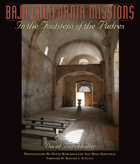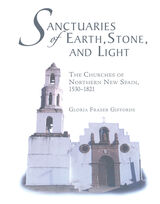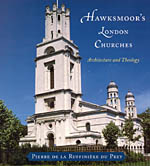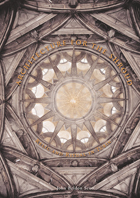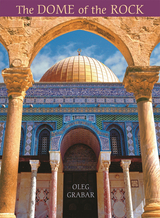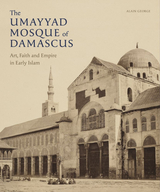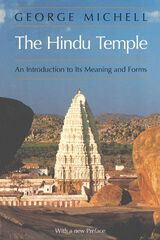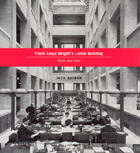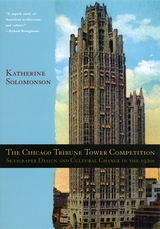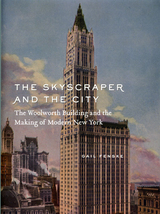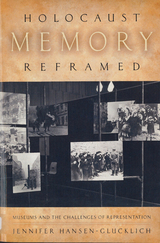Bastions of the Cross: Medieval Rock-Cut Cruciform Churches of Tigray, Ethiopia
Harvard University Press
Cloth: 978-0-88402-497-2
Library of Congress Classification NA6086.2.T54M84 2023
Dewey Decimal Classification 726.50963
Cloth: 978-0-88402-497-2
Library of Congress Classification NA6086.2.T54M84 2023
Dewey Decimal Classification 726.50963
ABOUT THIS BOOK
ABOUT THIS BOOK
In the late eleventh century, Ethiopian masons hewed great cruciform churches out of mountains in the eastern highlands of Tigray, Ethiopia’s northernmost province. Hitherto unparalleled in scale, these monuments were royal foundations, instruments of political centralization and re-Christianization that anticipated the great thirteenth-century churches at Lalibela. Bastions of the Cross, the first study devoted to the subject, examines the cruciform churches of Abreha wa-Atsbeha, Wuqro Cherqos, and Mika’el Amba and connects them to one of the great architectural movements of the Middle Ages: the millennial revival of the early Byzantine aisled, cruciform church. These were also the first to incorporate vaulting, and uniquely did so in the service of centralized spatial hierarchy. Through resuscitated pilgrimage networks, Ethiopian craftsmen revisited architectural types abandoned since Late Antiquity, while Islamic mercantile channels brought precious textiles from South Asia that inspired trans-material conceptions of architectural space. Bastions of the Cross reveals the eleventh century, in contrast to its popular reputation as a “dark age,” to be a forgotten watershed in the architectural history of Ethiopia and Eastern Christianity.
See other books on: Byzantine Empire | Church architecture | Cross | East | Ethiopia
See other titles from Harvard University Press

